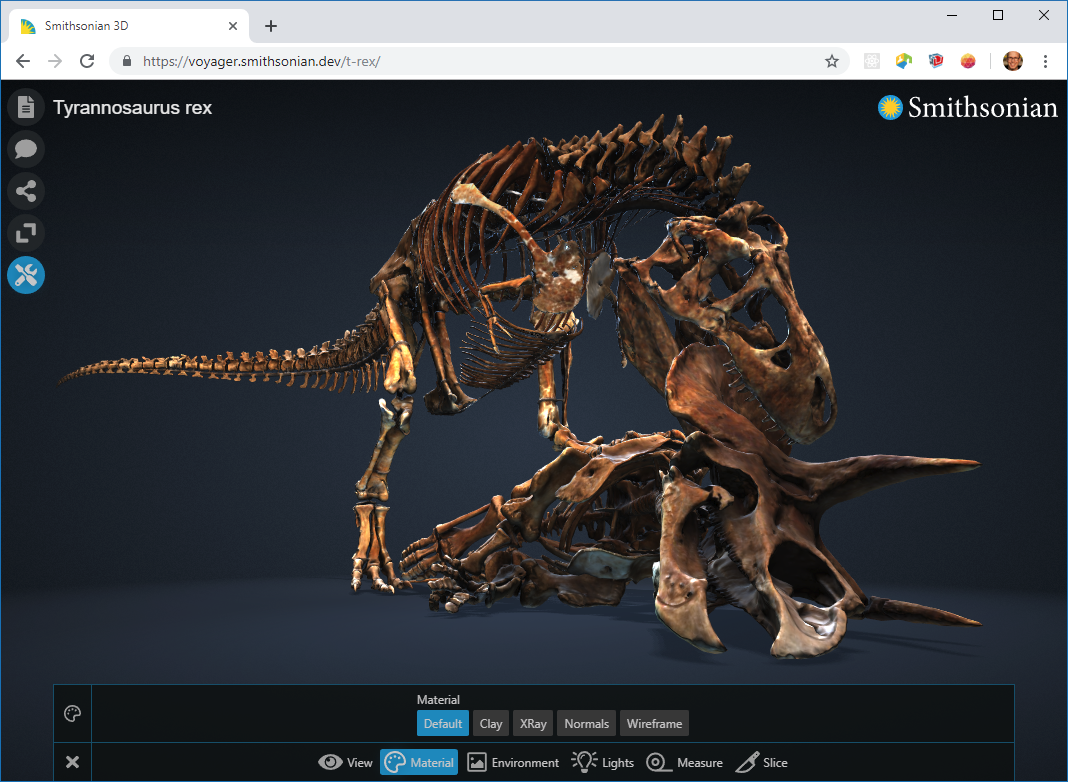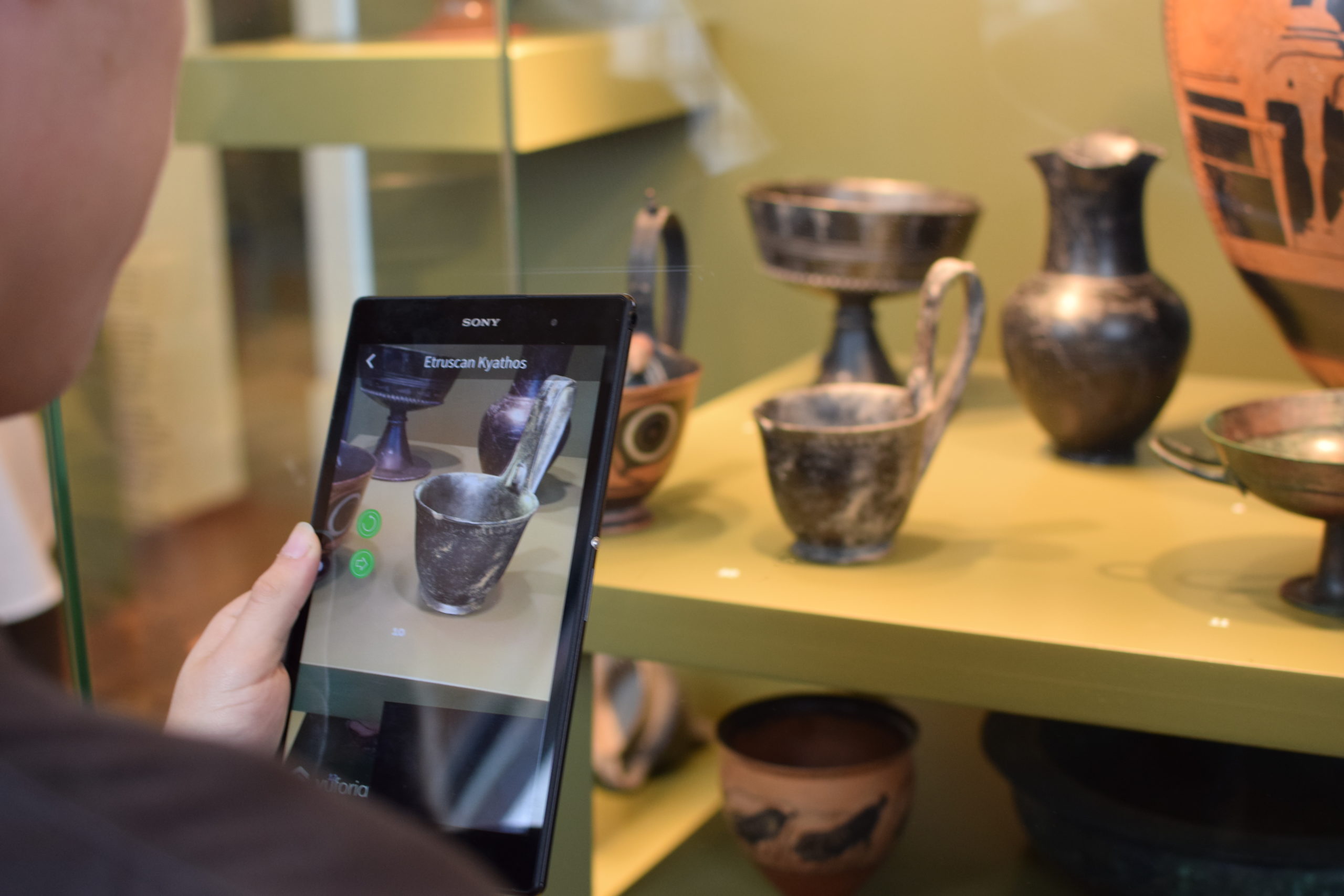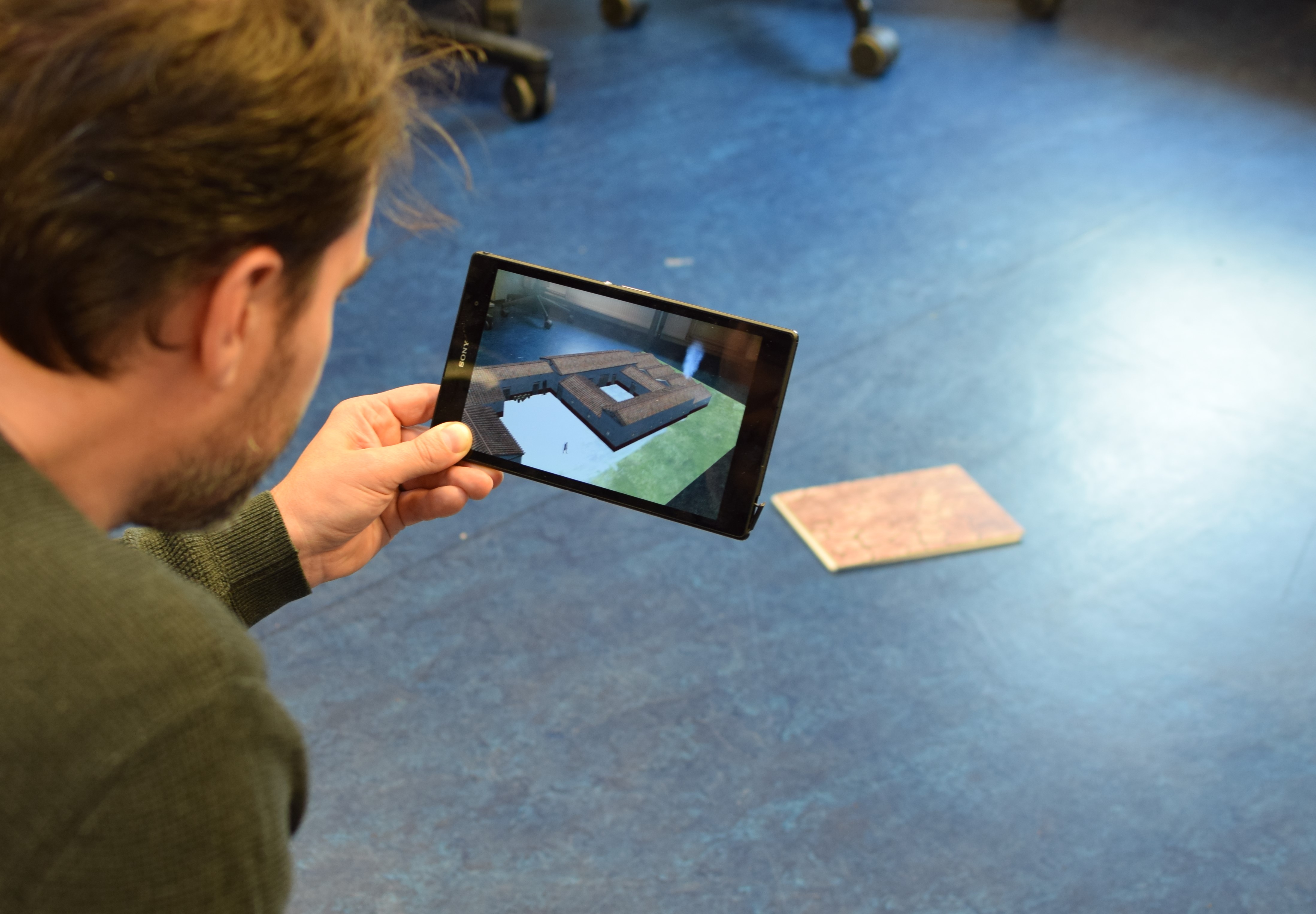Jitte Waagen, Tijm Lanjouw
The 4DRL is partner in a new international ERASMUS+ project on Virtual Reality and education in the field of Archaeology, Ancient Studies and Art History. This blog post is intended as a project announcement in which we will share the basic ideas of the project and what we aim to achieve.
Introduction
For archaeology as a material and object-oriented discipline digital 3D methods play an increasingly important role in research and teaching. Local initiatives have emerged at several locations in Europe that use the new digital possibilities of 3D and VR technologies and introduce students to them. So far, there has been no cross-linking of these initiatives, so that opportunities to create added value through collaboration are missed and local initiatives hardly have impact beyond the institute where they have been developed. Yet the creation of archaeological 3D models and VR worlds and to integrate them into teaching in a meaningful way are of fundamental importance for the future and digital transformation of teaching at Higher Educational Institutes. Students must be trained in this, standards for sharing and exchanging virtual worlds must be developed further, and Seamless Learning scenarios must be created at universities to better incorporate the advantages of 3D and VR technologies into education.
Virtual Worlds
Against the background of these necessities, the universities of Bonn, Amsterdam (UvA), Oslo and the Open Universiteit in The Netherlands have gathered in a partnership to develop and test learning scenarios using 3D datasets and VR environments. Local initiatives, experiences, and existing datasets, will be brought together on a European level. We will explore how we can improve teaching in archaeology by developing virtual worlds using interoperable learning scenarios, and design these in a way that they will be reusable in other educational and creative contexts.
Objectives, activities and projected outcomes
We have formulated a series of concrete objectives. First, we aim to establish virtual worlds as Open Educational Resources by sharing, standardising, and making available 3D datasets and VR environments. We will gather, produce, and describe 3D datasets of archaeological objects and sites used for teaching at the participating institutes and make them openly available. Interoperability will be ensured by the development of general VR learning scenarios that allow their integration into curricula of institutions for higher education. This means that we will have to design, develop and test several seamless learning scenarios connected to these VR environments that use 3D and VR technologies to support the learning process of learners in and across contexts. Of fundamental importance is the subsequent testing and evaluation of learning scenarios at different institutions to learn about pitfalls and benefits of teaching with virtual worlds. Finally, we will communicate and disseminate the experience gained in the project to foster the digital transformation of education at institutions for higher education. We aim to publish at least one scientific paper and organise an international conference to optimize dissemination of products and results within the archaeological (and related fields) teaching communities.
Summarising, the projected outcomes will be: a collection of 3D datasets and VR environments openly available online ready for teaching at institutions for higher education; learning scenarios that support the learning process when using 3D and VR technologies; train the trainer manuals in four languages on how to apply the learning scenarios; evaluation of testing the learning scenarios to understand benefits and pitfalls of teaching with virtual technologies and scientific papers and conference proceedings for knowledge transfer.
Just started up..
In September, we had our project kick-off in Bonn, where the work packages were put into action. The most prominent activities have been to present and exchange learning approaches of our existing virtual reality initiatives, such as those developed in Bonn and at the 4DRL at UvA. In addition, we started recruiting teachers and students to participate in the development of the virtual environments and learning scenarios. In late January and February 2024, we will have workshops organized for teachers on developing Seamless Learning scenarios. Early April 2024 we will organize an international Summer (actually Spring) School at the Humanities Labs of the Faculty of Humanities at UvA to co-create learning scenarios with VR-experts, digital archaeologist, teaching experts and teachers and students of all participating institutes. Finally, we submitted a session proposal together with experts from the Universitat Autònoma de Barcelona and the Nordic Centre of Heritage Learning and Creativity for the EAA in Rome, end of August 2024, to be able to present and discuss our ideas with a professional audience (session #657, Teaching and Learning Archaeology with Digital Tools).
We’ll keep you posted on any upcoming activities on our social media channels, and write up a new blogpost when we have some preliminary results!

















